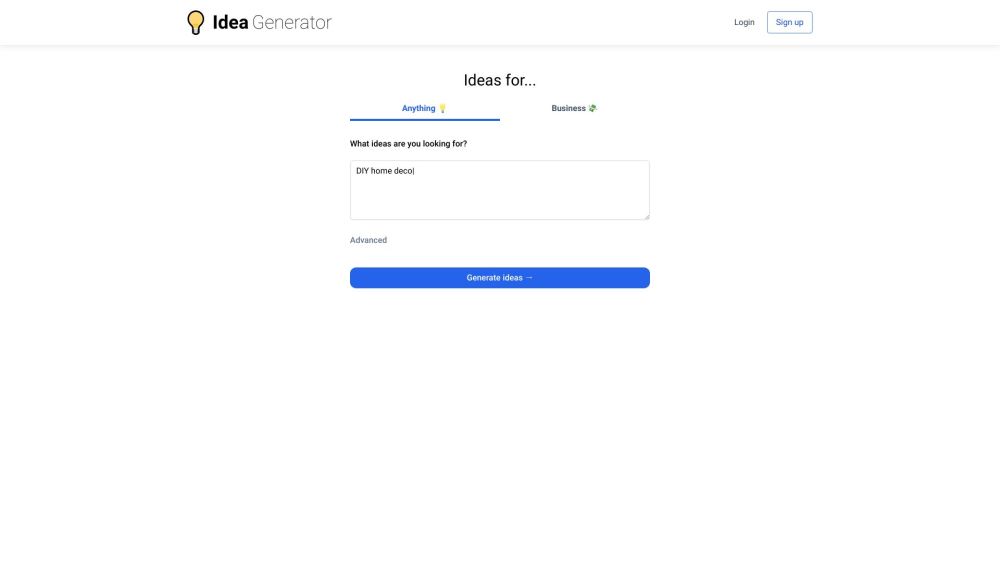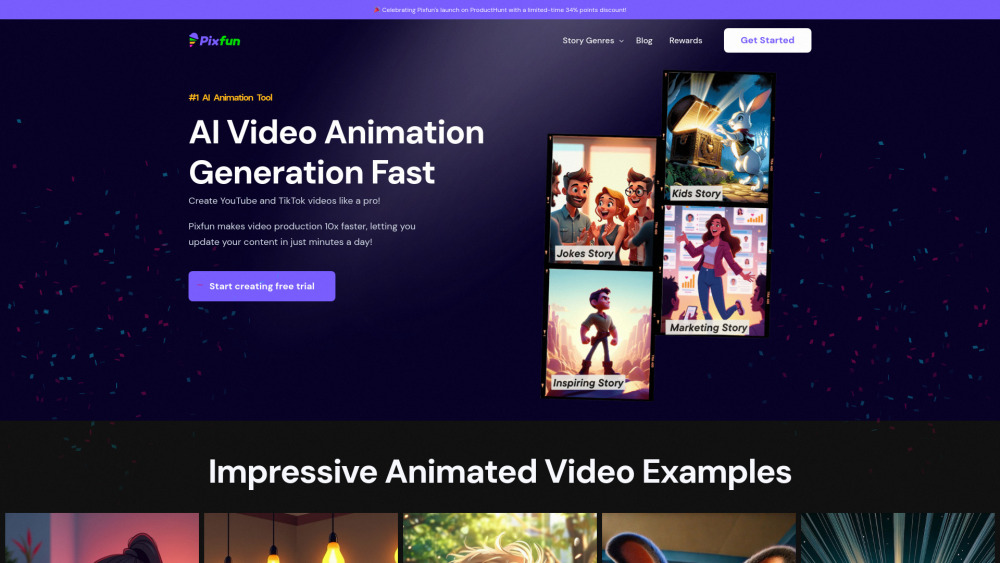AI and machine learning systems have significantly advanced scientific research across various academic fields. They aid scientists in identifying genomic markers for innovative treatments, accelerating drug discovery, and even publishing their own findings. Despite these capabilities, AI systems have primarily been used for data processing and computations, rather than leading research initiatives themselves.
Dr. Hiroaki Kitano, CEO of Sony AI, envisions a "hybrid form of science" that elevates systems biology and other disciplines by developing an AI capable of rivaling the intellect of today’s top scientists. His ambitious goal is to establish the Nobel Turing Challenge—aiming to create an AI proficient enough to win a Nobel Prize by 2050. "This challenge focuses on exploring significant discoveries within an open-ended domain rather than merely replicating existing knowledge," Kitano stated. "The vision is to redefine scientific discovery and create an alternative method for achieving it."
According to Kitano, the objective is to establish machines that can autonomously and continuously generate new hypotheses, some of which could lead to groundbreaking discoveries. "The AI Scientist will generate and verify numerous hypotheses, with the expectation that some will form the foundation for major breakthroughs," he explained. Effective hypothesis generation and verification are central to this envisioned system.
Today's AI technologies have emerged from decades of scientific research, dating back to Alan Turing's influential 1950 paper, "Computing Machinery and Intelligence." These systems have evolved from laboratory curiosities to essential analytical tools. Kitano aims to advance them further by creating what he terms an "AI Scientist," a dynamic network of software and hardware that collaboratively executes tasks.
"This will start as a suite of tools automating various aspects of the research process, both in experiments and data analysis," he noted. "Laboratory automation similar to a closed-loop system, as exemplified by the Robot Scientist Adam-Eve developed by Prof. Ross King, is one of our initial steps. This system autonomously generates hypotheses, plans experiments to validate or refute them, and conducts those experiments."
As the AI’s autonomy grows, it will broaden its range of hypothesis generation and verification, although it is expected to remain a tool or companion to human scientists for the foreseeable future. "By allowing an AI Scientist to handle the complexities of hypothesis generation, human scientists can devote more time to strategic research and determining which hypotheses to pursue," Kitano emphasized.
Maintaining transparency and minimizing implicit bias in both the AI’s design and training data are crucial for building trust in this system. "For scientific discoveries to gain acceptance within the scientific community, they must be backed by compelling evidence and reasoning," Kitano affirmed. The AI Scientist will integrate components that elucidate the mechanisms behind its discoveries, enhancing its credibility and preference within the scientific discourse.
Historically, some of the most significant scientific advancements—from radiation and microwaves to Teflon and pacemakers—have stemmed from experimental errors. Yet, the prospect of hyper-intelligent AIs developing their own complex languages raises the concern of whether researchers might find themselves unable to comprehend an AI's discoveries. Kitano acknowledged this potential dilemma: "As AI Scientists advance, they may unveil phenomena that challenge human understanding. While it’s conceivable that a highly autonomous AI could operate without restrictions, such a scenario would necessitate justifiable guidelines to ensure safety and prevent misuse."
The introduction of AI Scientists in research settings raises intriguing questions about credit for discoveries. Who deserves recognition for a breakthrough: the AI that proposed the hypothesis, the human who oversaw the experiment, or the institution behind the AI? Kitano references a recent Australian court ruling recognizing the DABUS artificial neural system as an inventor in patent applications as a thought-provoking case.
He also highlighted the mystery surrounding Satoshi Nakamoto, the elusive figure behind blockchain and Bitcoin, noting that a substantial contribution was made through a blog post without any personal identification. "If the developer of an AI Scientist created a virtual persona with an ORCID identifier, distinguishing between the AI and a human scientist could become nearly impossible," he remarked. Ultimately, if groundbreaking advancements arise—such as a cure for cancer or nanobot surgeons—does the distinction between human and machine involvement truly matter in the realm of scientific progress?




